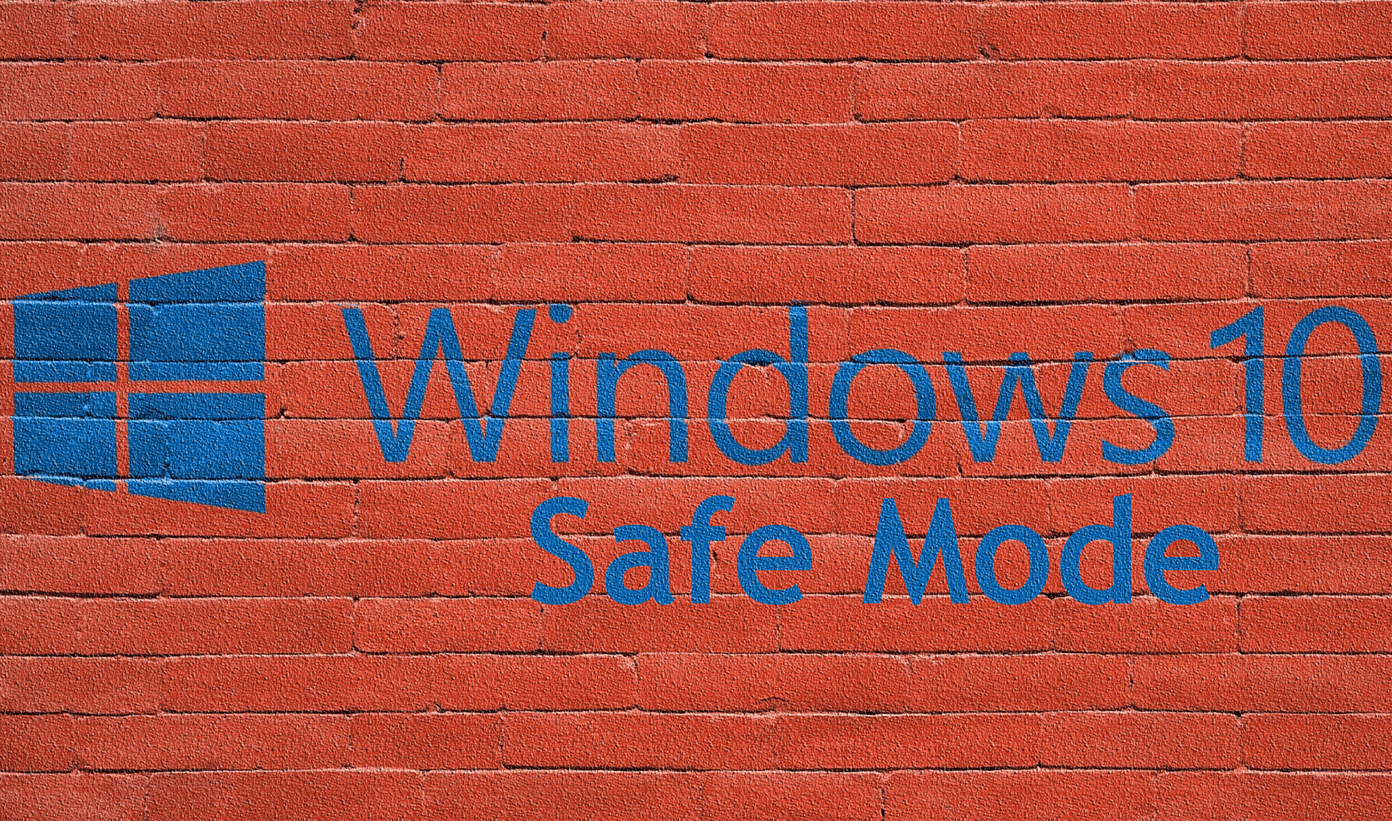Both the new Bluetooth versions bring plenty of changes and features under the hood. While Bluetooth 5.1 is more popular for its energy efficiency, there’s more than what meets the eye. In this post, we will chart out the major differences between Bluetooth 4.2 and Bluetooth 5.1. Let’s get started.
1. Range and Direction
One of the primary changes compared to Bluetooth 4.2 is the range and speed. While Bluetooth 4.2 could transmit at a maximum speed of 1Mbps, that speed has doubled to 2Mbps in the new Bluetooth version. That means a data payload takes almost half the time to reach the destination. Along with speed, another area of improvement was in the range. The first variant of Bluetooth 5 had almost four times the range against Bluetooth 4.2. This wider range ensures less connection drops even if the distance between the source and connection goes up. Let’s say you move away from your phone that has Bluetooth 5.0 support. So your smartwatch with Bluetooth 5.0 or higher will continue to sync data or receive notifications. Similar holds true for other devices like wireless earphones. Though the range had drastically increased, with Bluetooth 5.0, finding a Bluetooth-based device meant searching in the dark. You will get a rough idea of the strength but not the direction of the signal. This changed with Bluetooth 5.1. If you use the right devices, you’ll be able to track both direction and signal strength. If the Bluetooth Special Interest Group (SIG) claims are true, Bluetooth 5.1 will facilitate the location tracking right down to the centimeter. This could potentially help with Maps and other apps that use the device location. So, how will it work? The Bluetooth device will have a series of antennas. And the device tracking the location will have to analyze the data sent from those antennas to find the accurate position. For the record, Bluetooth 5.1 utilizes two methods for this—Angle of Arrival (AoA) and Angle of Departure.
2. Improvement in the Audio Field
Another area of improvement is in the area of dual audio. A Bluetooth 4.2 supporting device (such as your smartphone) could only connect and transfer audio data to one speaker at a time. Connecting two speakers for dual audio meant relying on proprietary connection techniques of the speaker manufacturer. With Bluetooth 5.0 or higher, you can connect two compatible audio devices and also enjoy high-quality audio.
3. Advertising
Another interesting change in the new version is ‘advertising’ or how a Bluetooth device broadcasts its presence. In the Bluetooth 4.2 (LE piconet channel), the payload per channel was just between 0-31 bytes. In Bluetooth 5.0, the max payload has gone up to 254 bytes. The bigger channel means more capacity for the actual data load, thereby making the new version more efficient in performance and energy conservation. Another interesting change is how the devices choose channels to broadcast their presence. In Bluetooth 5.0, devices had to cycle through the 37, 38, and 39 channels (called Primary advertising channels) in strict order. This took more time and resulted in the occasional interference from other Bluetooth devices. With Bluetooth 5.1, compatible devices can choose one of the channels at random to broadcast advertising packets using Randomized Advertising Channel Indexing. That is intended to reduce the interference with other Bluetooth devices.
4. Energy Efficiency
As noted earlier, another area of improvement is in the field of energy efficiency. This factor doesn’t play a big role in smartphones or connected TVs. However, energy consumption plays a significant role in small devices such as smartwatches, earphones, and connected IoT devices. Another key area of improvement is how the Generic Attribute Profile (GATT) works. Traditionally, whenever a Bluetooth Low Energy device connects, it uses a mode called ‘Service Discovery’ to acquire details of the remote GATT server. And it uses these details for subsequent connections in the future. Naturally, this takes both time and energy. Some clients do not change their GATT attributes throughout their life. Bluetooth 5.0 takes this service discovery mode out of the picture by more aggressive caching by remembering the details. This ultimately translates into quicker and more energy-efficient connections. Last but not the least, the new versions of Bluetooth 5.0 introduces a concept of an advertising schedule. Unlike the older versions, where a particular device (say headphones) has to constantly scan for the receiving device (phone), now, it knows exactly when the receiving device will advertise. Naturally, this will save energy in the long run.
Age of Wireless
As you can see above, Bluetooth 5.1 is an incremental update over Bluetooth 5.0 and gives a finishing touch to a few important things. Both these versions have a significant advantage over Bluetooth 4.2. It’s more energy-efficient and has more smart features. The latter is important when a slew of things like headphones, smartwatches, and earphones are going wireless. The above article may contain affiliate links which help support Guiding Tech. However, it does not affect our editorial integrity. The content remains unbiased and authentic.














